Organic Container Gardening Tips
Organic container gardening can be challenging from a definition perspective. While it is easy to find non-organic vegetative plants, it is more difficult to find organically grown vegetative plants from seed. For a plant to legally be called “organic” the soil, the plants (from seed), and the container must be considered safe and free of chemicals and essentially “organic” themselves. For my personal purposes I define my own container gardens as “organic as I can possibly make them”. Below are a few tips on how to get as close as you can to less chemicals and healthier organic growing.
Organic Container Gardening – How to Get Closer
- Container – I start with a gardening container that is food safe. Glass, ceramic, stone, untreated wood, and food safe plastics are all things I have used in my garden before. If you are concerned about the container’s composition, be sure to research before you buy and select the qualities you prefer. Last season I used Crescent Garden Planters and really liked them.
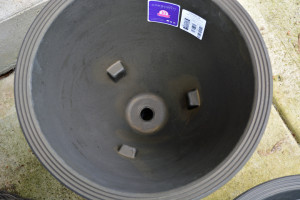 They are light weight, are stylish, have a good drainage hole, and on the bottom there is a special hole in the containers that allow you to weight them with sand if needed. I loved that the large Delano container in “Old Bronze” also came with a plug so that you could plug the container, fill it with water, and convert it into a mini pond. Each container is food safe.
They are light weight, are stylish, have a good drainage hole, and on the bottom there is a special hole in the containers that allow you to weight them with sand if needed. I loved that the large Delano container in “Old Bronze” also came with a plug so that you could plug the container, fill it with water, and convert it into a mini pond. Each container is food safe. - Organic Soil – Last season I used Espoma Organic Potting Mix which has worm castings mixed in among other natural ingredients. Using this product alone is great, but should you require a heavier soil, you can use the potting mix as a base and mix in rotted manure or compost.
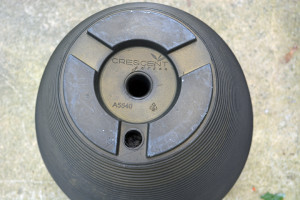
- Organic Fertilizer – Dependent upon the plantings you might select all types of various organic fertilizer to help feed your plants. I chose Espoma Rose-tone for the containers with flowering plants and Espoma Garden-tone for the foliage or vegetable plantings.
- Plants – Every year I have a different theme for my container planting schemes and my goal with this season’s style was green-on-green foliage. My experiment was to find out what would happen if I mixed various shades of green in the planters to contrast with the “Old Bronze” Crescent containers. I mixed Caladium ‘White Queen’. Sweet Potato Vine ‘Marguerite’, and Asparagus Fern with several selections from Jung Seed – Begonia ‘White Ballerina’, Dusty Miller ‘Silver Dust’, and Vinca ‘Ralph Shugart’,
- Watering – I use drinking water safe garden hoses so that the water which is placed on the plants is without heavy chemicals which can be found in traditional garden hoses.
Fill each of the containers with soil and organic fertilizer, then gently rest the plants on top of the soil in the arrangement you prefer, once you are happy with the placement, plant the vegetative material in the soil. Water in well. Organic container gardening is easy to put together. For a design change, try planting an all-foliage or all one-color design — I liked the neutral look and eye-calming change of pace.
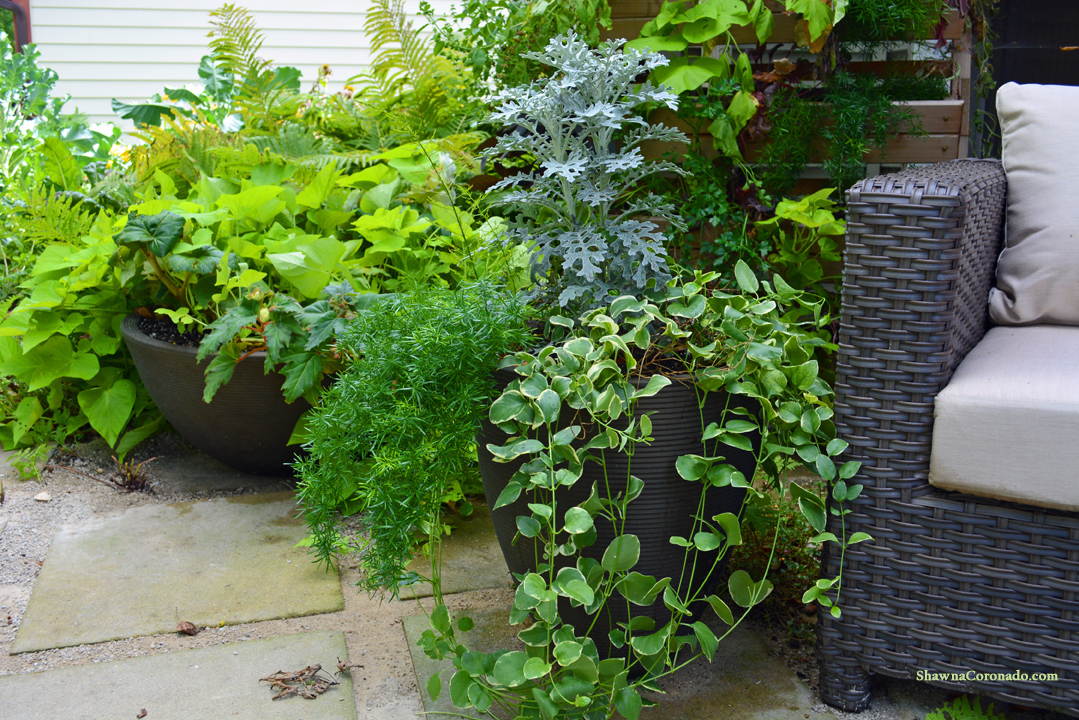
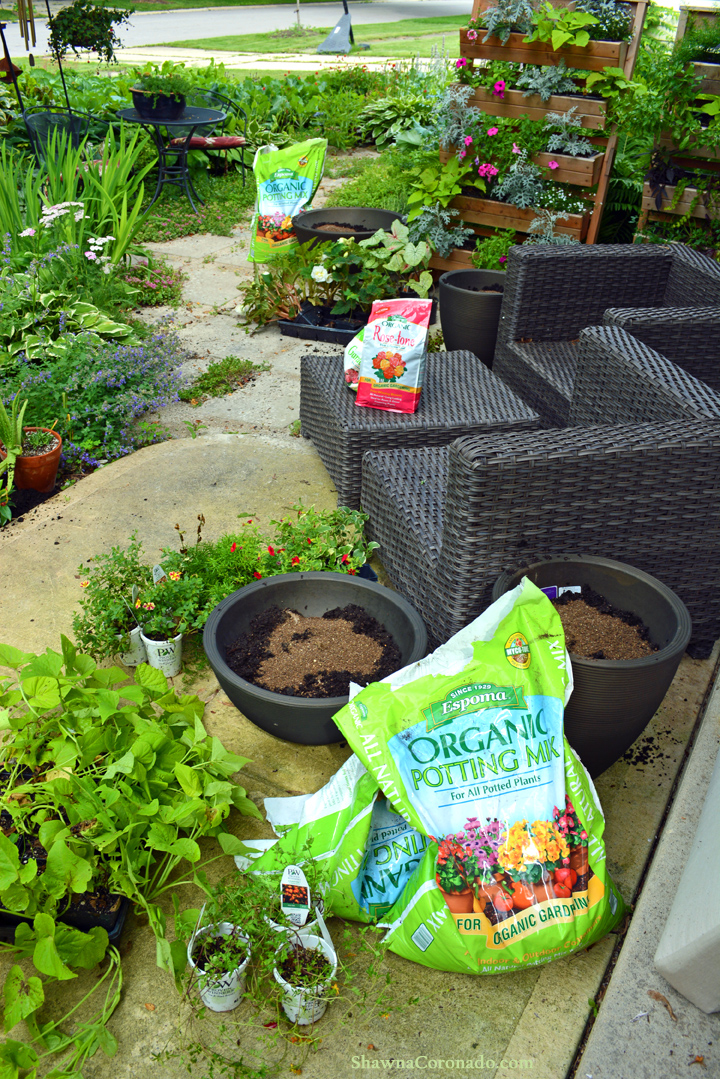
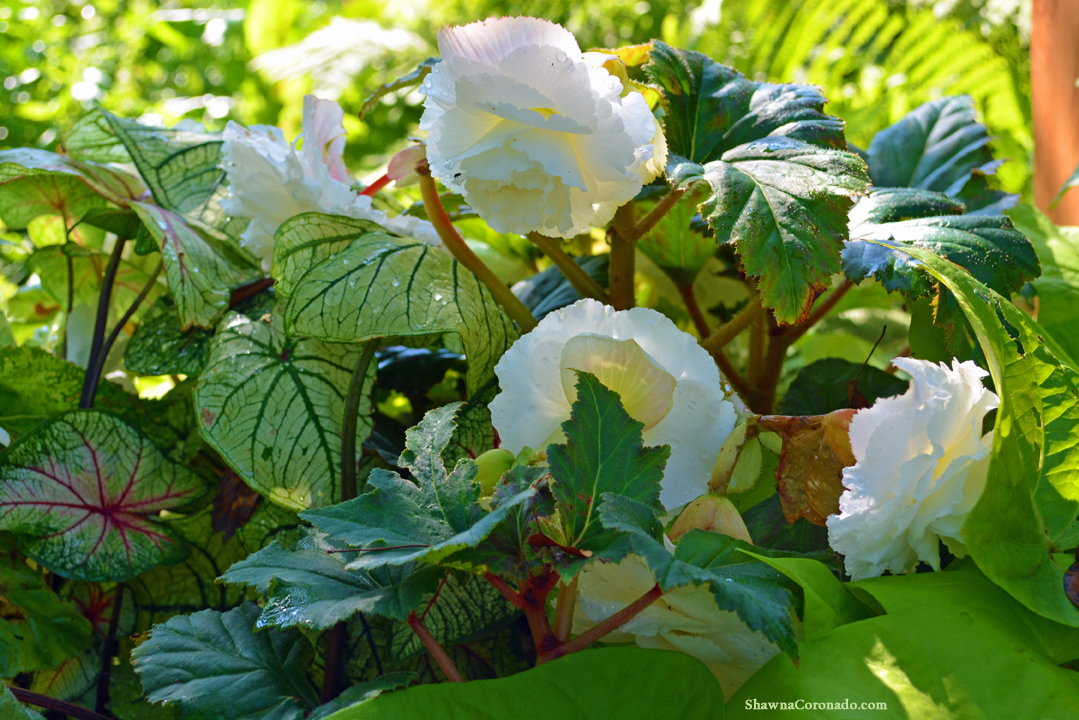

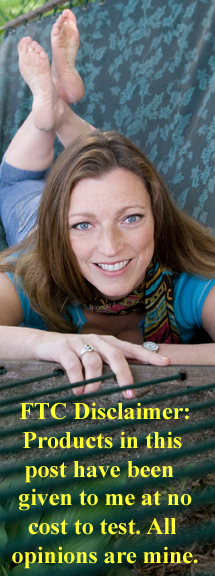


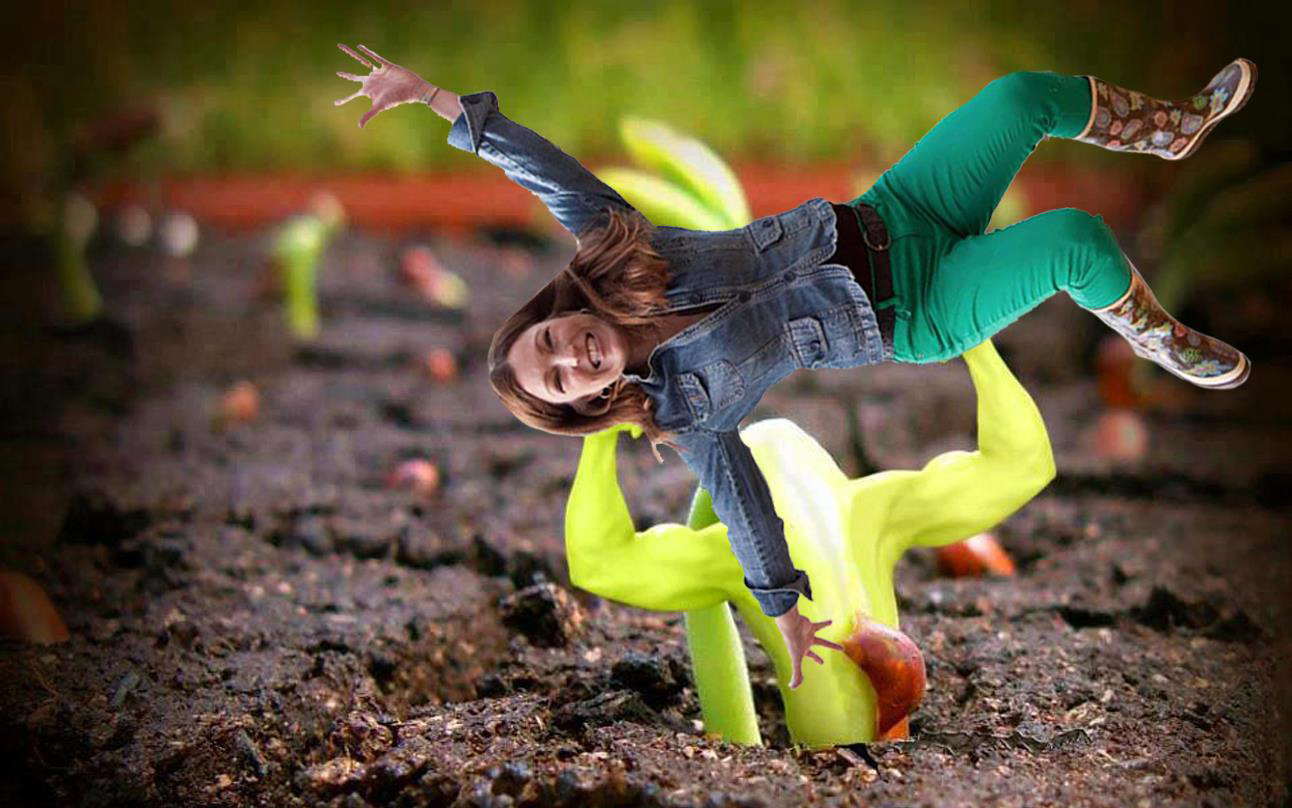
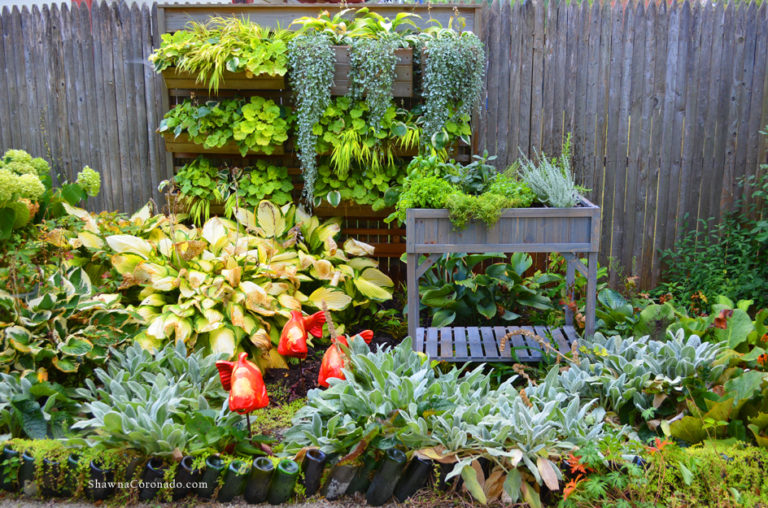
This one was too good not to share. A great tutorial on gardening in containers which has become such a popular topic as a lot of people try to maximize any and all space that they have to grow “something”.
Thanks for sharing Mike! I really appreciate it!!!
Remarkable article about organic container gardening. I just had a garden waste clearance so I’m happy and excited about the fresh start. I will most definitely take advantage of your useful tips. The Espoma rose tones sound very attractive. My wife would be very happy too, because she adores roses. Thank you, Shawna!
I’m sure a lot of this seems obvious to those of us who are more experienced, but this is a great place to start for any beginning gardeners out there. Container gardening can be more tricky than it seems!
While not organic specific I’ve found is it’s more visually appealing if you use different shape,sized and color containers. When I first started gardening I planted out a bunch of the same containers which looks rather boring.
Indeed. Thanks for the nice note. 🙂
Thanks so much for your comment. 🙂